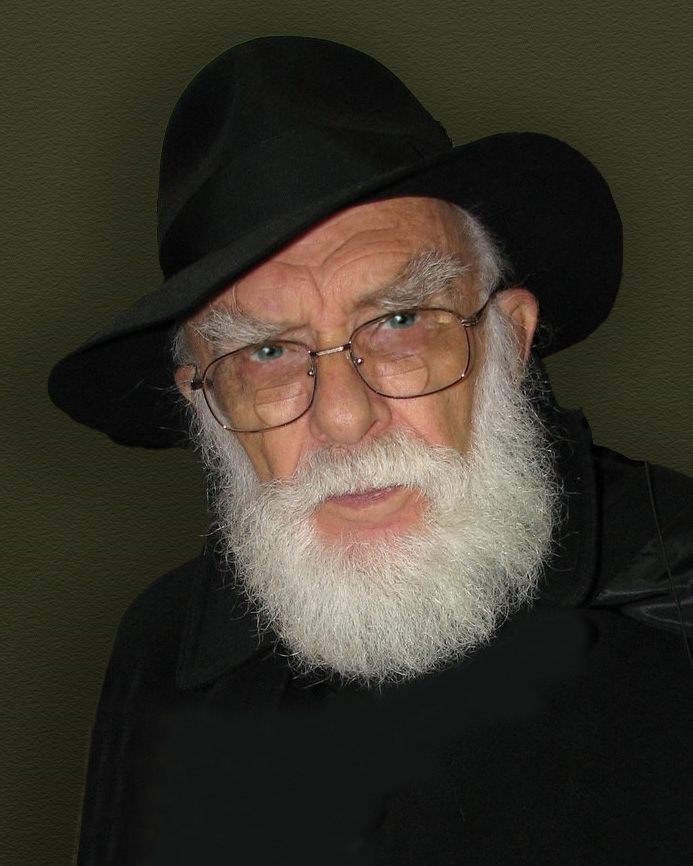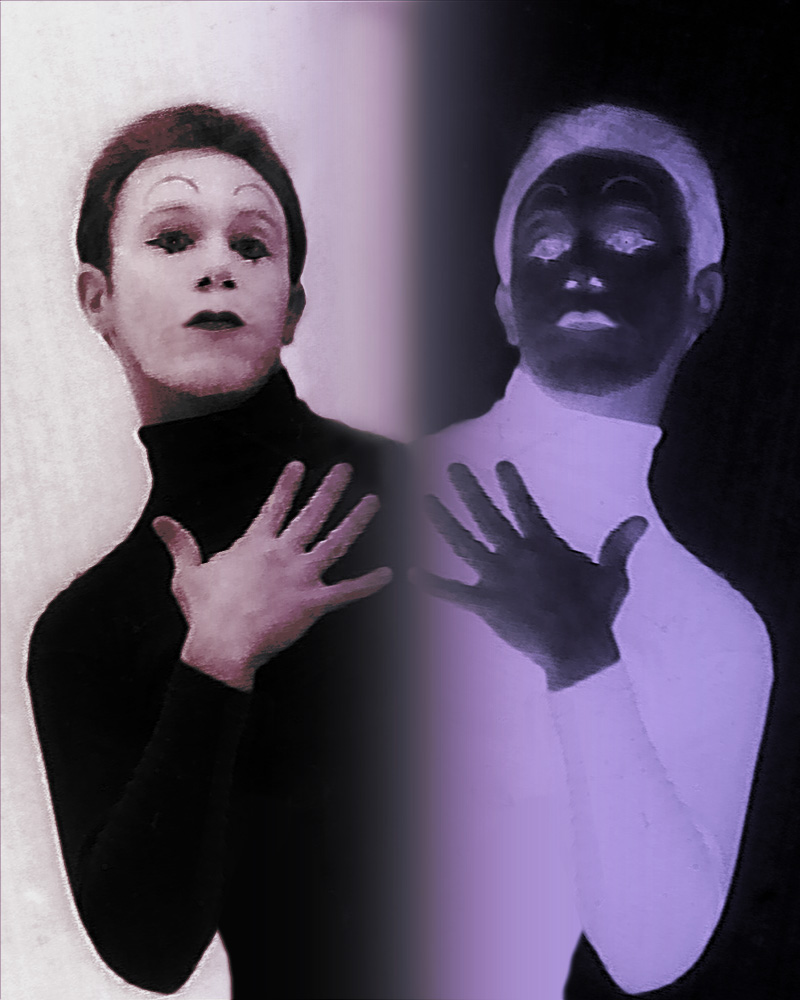(part four of four)
The standard scientific way to test for telepathy or clairvoyance is to use a randomly ordered deck of cards with bold, abstract symbols on them. A laboratory assistant looks at one card at a time and concentrates on it, and the self-identified psychic — who can see neither the assistant nor the card — guesses which symbol the assistant is looking at. By matching a record of the assistant’s cards against a record of the psychic’s guesses, an investigator can determine whether the psychic’s correct answers exceed what could be predicted by chance alone. (The test for precognition — the ability to predict future events — is similar, except that the psychic guesses the symbol on each card before the assistant looks at it.)
To my knowledge, no reputable investigator has yet found a person who can reliably and repeatedly pass this test. This doesn’t mean that such a person won’t one day be found, but as years go by, it appears less and less likely. Scientifically speaking, it seems safe to say that there’s no such thing as telepathy or precognition.
And yet, I can’t help but imagine myself in the psychic’s shoes. If I believed myself to be telepathic, but then failed the scientific test, how would I respond? I suppose it’s possible that I would accept the investigators’ conclusions and never again call myself a telepath. It’s possible, but it doesn’t seem likely. More likely, I’d probably say that the test didn’t have much to do with what I experience when I read minds.
This is pure speculation, of course. But if the telepath’s experience of other minds is anything like my experience of atmosphere, I can’t imagine a scientific test that could measure it. The best I can come up with is this: A bunch of volunteers — drama students, perhaps — sit in a room. The investigator holds up a card with the name of a mental state on it: “Anger,” “Grief,” “Love,” “Awe,” or something along those lines. The volunteers concentrate, trying to bring themselves to that state of mind. The room is darkened, and the volunteers are instructed to sit silently and very still. I’m given a signal to walk into the room.
“What atmosphere do you detect?” asks the investigator. I give the name of one of those mental states, and the investigator writes down my answer. I leave the room, and the process is repeated many more times. Later, the investigator compares my answers with the actual cards that were held up.
I have no reason to believe I could pass such a test. The environment would be so sterile, the atmospheres so artificial, the pressure so great. My answers would be no better than guesswork. “It doesn’t work under these conditions,” I would say, and the investigator would merely give me a condescending nod.
Eventually, after testing a hundred other people like me, the investigator would write a report. “There is no evidence that mental or emotional states can be communicated by extrasensory means,” the report would say. “There is no evidence of the existence of ‘emanations’ or ‘atmosphere.’”
I have great respect for the scientists who might conduct such a test. I can’t deny the soundness of the experimental method. But at the same time, I can’t deny the reality of what I’ve experienced in my life. In the case of this hypothetical experiment, I could only conclude that what went on in the laboratory was different from what went on when I did my mime shows, or what goes on when I walk into a house of prayer. I don’t think this makes me anti-scientific; it just makes me human.
After all, we all experience atmosphere. Whenever two or more people come together — sometimes even when one person is alone — an atmosphere is created. Homes, offices, classrooms, neighborhoods, and cities all have atmospheres, even if we don’t stop to acknowledge them. And each of us can influence the atmosphere around us. Imagine the heights to which the world’s singers, dancers, musicians, and actors would soar if everyone in the audience chose to greet their performances with openness and gratitude. Then imagine what the world might be like if every person, everywhere, chose to do the same thing. Given that there’s no scientific basis for believing in atmosphere as I’ve described it, the result might be nonexistent. But it sure couldn’t hurt to try.





Recent Comments